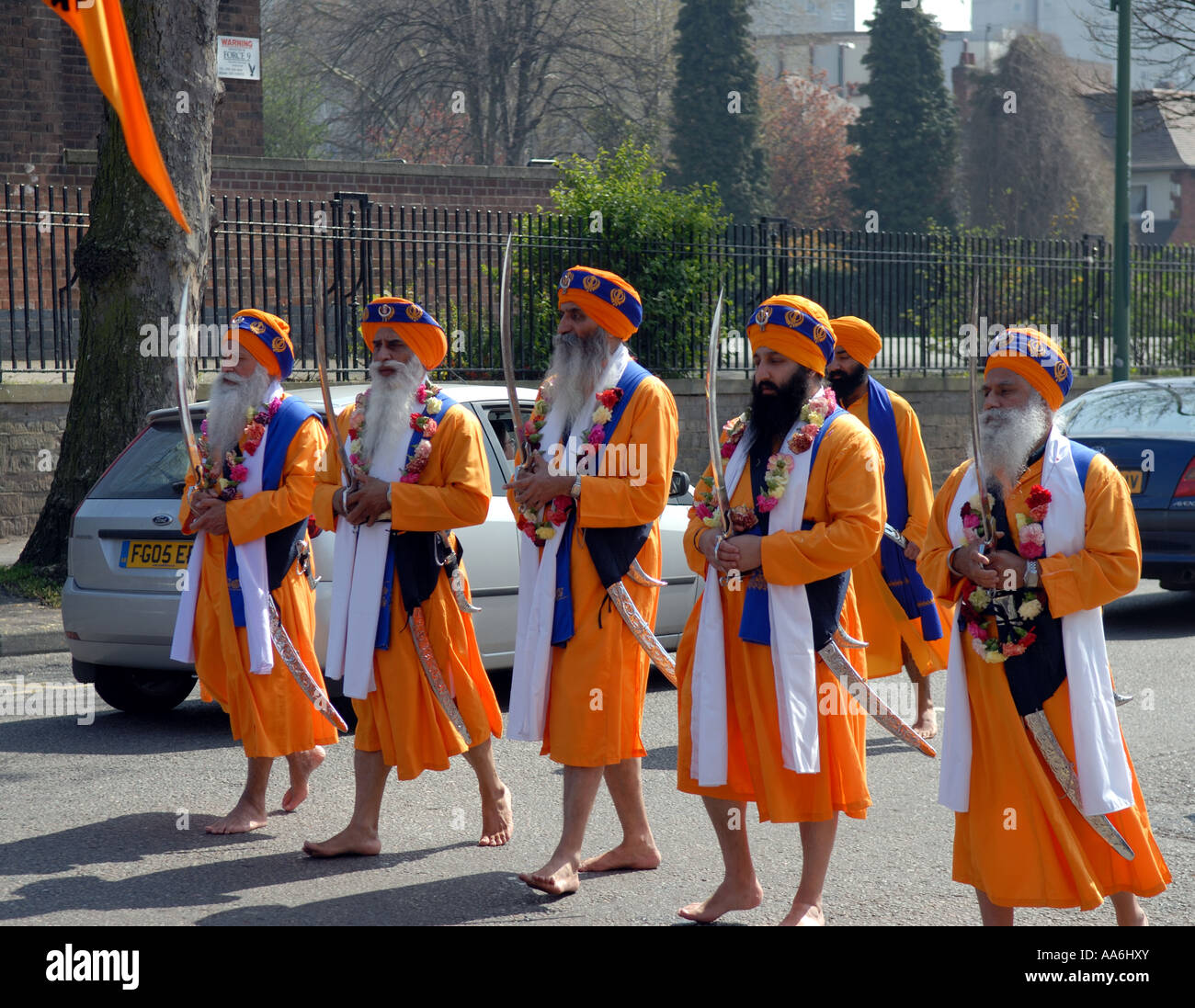

1.4 1675– : Guru Gobind Rai leads the moral struggle.


Guru Gobind Singh initiating the first five members of the Khalsa Vaisakhi Day: 14 April, 1699 File:DefinitionDunSikh 1 Amrit.jpg Sikhs were allowed to use traditional Sikh weapons such as chakrams and talwar swords, and it was not uncommon to see the Sikh Holy Scriptures The 11th Sikh Guru, Sri Guru Granth Sahib Ji, being carried before a marching Sikh battalion or even on the front lines among the battling Sikh troops.This is a featured article. Known afterwards as the Lions of the Great War, during the war they were often called the Black Lions. In recognition of their sacrifice, the British Parliament paid them respect, and each one of them was awarded the Indian Order of Merit (equivalent to the Victoria Cross). All 21 Sikh soldiers chose to fight to the death instead of surrendering. On 12 September 1897 a contingent of twenty-one soldiers from the 36th Sikhs regiment (now the 4th Battalion of the Sikh Regiment of Indian Army), led by Havildar Ishar Singh held off an Afghan attack of 10,000 men for several hours. The Battle of Saragarhi is considered one of the great battles in Sikh military history.


 0 kommentar(er)
0 kommentar(er)
